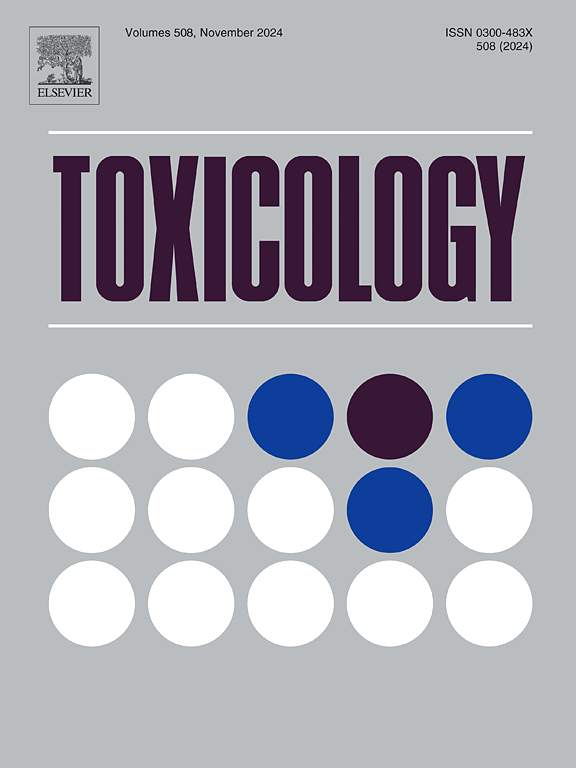Organochlorine pesticides: occurrence, spatial distribution of residues, toxicity, and toxic mechanisms
IF 4.8
3区 医学
Q1 PHARMACOLOGY & PHARMACY
引用次数: 0
Abstract
Organochlorine pesticides (OCPs) are a class of synthetic, broad-spectrum insecticides that have been widely used for plant pest control over the last century. OCPs are persistent organic pollutants (POPs) with mutagenic, teratogenic, and carcinogenic properties. Although most OCPs are banned to use now, they are ubiquitous in the environment and food, and identified in the serum and urine of humans. Exposure to OCPs could affect the human nervous system, auditory system, and endocrine system, leading to neurodegenerative diseases, hearing loss, cancer, and other diseases. Further, the toxic mechanisms of OCPs are explored from oxidative stress, DNA damage, and inflammatory response. Overall, this review offers a comprehensive insight into the occurrence, spatial distribution of residues, toxicity, and toxic mechanisms of OCPs.
有机氯农药:残留的发生和空间分布、毒性和毒性机制。
有机氯农药(OCPs)是一类合成的广谱杀虫剂,在上个世纪被广泛用于植物病虫害防治。OCPs是持久性有机污染物(POPs),具有致突变性、致畸性和致癌性。虽然大多数ocp现在被禁止使用,但它们在环境和食物中无处不在,在人类的血清和尿液中也能检测到。接触ocp会影响人的神经系统、听觉系统和内分泌系统,导致神经退行性疾病、听力丧失、癌症等疾病。此外,从氧化应激、DNA损伤和炎症反应等方面探讨了ocp的毒性机制。综上所述,本文综述了ocp的发生、残留的空间分布、毒性和毒性机制。
本文章由计算机程序翻译,如有差异,请以英文原文为准。
求助全文
约1分钟内获得全文
求助全文
来源期刊

Toxicology
医学-毒理学
CiteScore
7.80
自引率
4.40%
发文量
222
审稿时长
23 days
期刊介绍:
Toxicology is an international, peer-reviewed journal that publishes only the highest quality original scientific research and critical reviews describing hypothesis-based investigations into mechanisms of toxicity associated with exposures to xenobiotic chemicals, particularly as it relates to human health. In this respect "mechanisms" is defined on both the macro (e.g. physiological, biological, kinetic, species, sex, etc.) and molecular (genomic, transcriptomic, metabolic, etc.) scale. Emphasis is placed on findings that identify novel hazards and that can be extrapolated to exposures and mechanisms that are relevant to estimating human risk. Toxicology also publishes brief communications, personal commentaries and opinion articles, as well as concise expert reviews on contemporary topics. All research and review articles published in Toxicology are subject to rigorous peer review. Authors are asked to contact the Editor-in-Chief prior to submitting review articles or commentaries for consideration for publication in Toxicology.
 求助内容:
求助内容: 应助结果提醒方式:
应助结果提醒方式:


